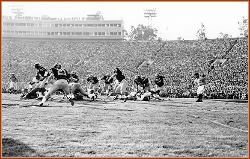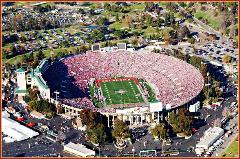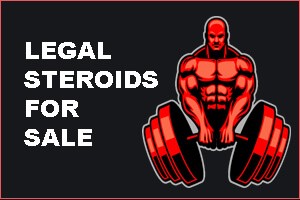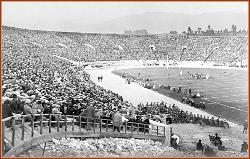



History
Folsom Field opened in 1924, and has been the home of the CU football team ever
since. Through the 2004 football season, the Buffs have a home record of 281-132-10,
a winning percentage of .680. Prior to Folsom Field CU had played its games at Gamble
Field for two decades, where seating roughly 9,000 was limited to temporary bleachers.
Originally, it was named Colorado Stadium, but in 1944 it was renamed after the great
CU coach Fred Folsom, who coached the Buffs three different times between 1895 and
1915. He led the teams to a combined .765 winning pct.
Renovations
When originally opened, the stadium had a capacity of 26,000. A second deck was
added in 1956 which upped the capacity to 45,000, and 6,000 more seats were added
in 1967 with the removal of the running track. In 1968 a huge, six-level press box was
added to the west side of the field, directly in front of Balch Fieldhouse, the former home
of the basketball team. Renovations continued in 1976 when they took out the old,
rickety wooden bleachers and replaced them with aluminum ones. This raised the
capacity to 52,005. In 2003, suites and club seating was added to the east side of the
stadium raising the capacity to 53,750.
Playing Surface
Prior to the 1971 season, the playing surface at Folsom Field was natural grass.
Monsanto of St. Louis, Mo., replaced the natural grass with Astroturf for the 1971
campaign, with the first game being played on the artificial surface against the University
of Wyoming on September 18 (the Buffs won 56-13); it was a godsend, as that very
morning, Boulder received a rare late summer snowstorm that blanketed the field with
more than two feet of snow.
The original Astroturf surface was replaced with a Ònew rugÓ for the start of the 1978
season, and in the summer of 1989, ÒAstroturf-8Ó was installed, the third artificial
surfacing in the schoolÕs history.Ê Folsom was covered with artificial surfaces for 28
seasons (168 games), and it was fairly friendly for the Buffs, which posted a 110-56-2
record in those games.
In the spring of 1999, Folsom Field returned to natural grass, as ÒSportGrassÓ was
installed on the stadium floor. The project, which included bio-thermal heating, drainage
and a sub-air system, cost $1.2 million. Video display boards, known as ÒBuffVisionÓ
were also added in the summer of 1999 at a cost of $3.6 million.








